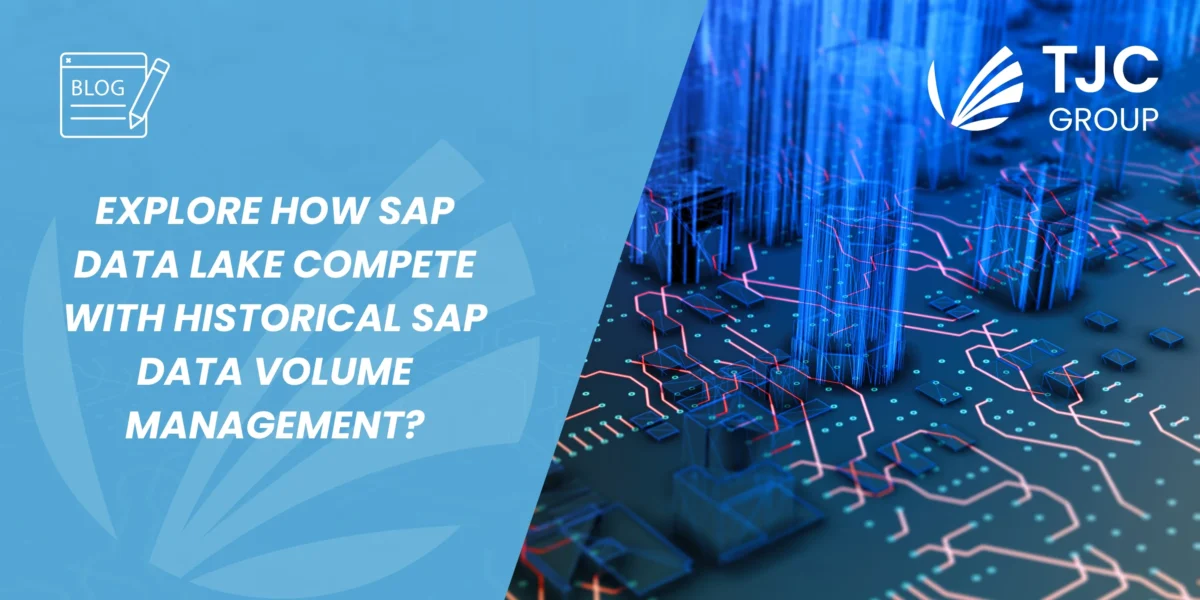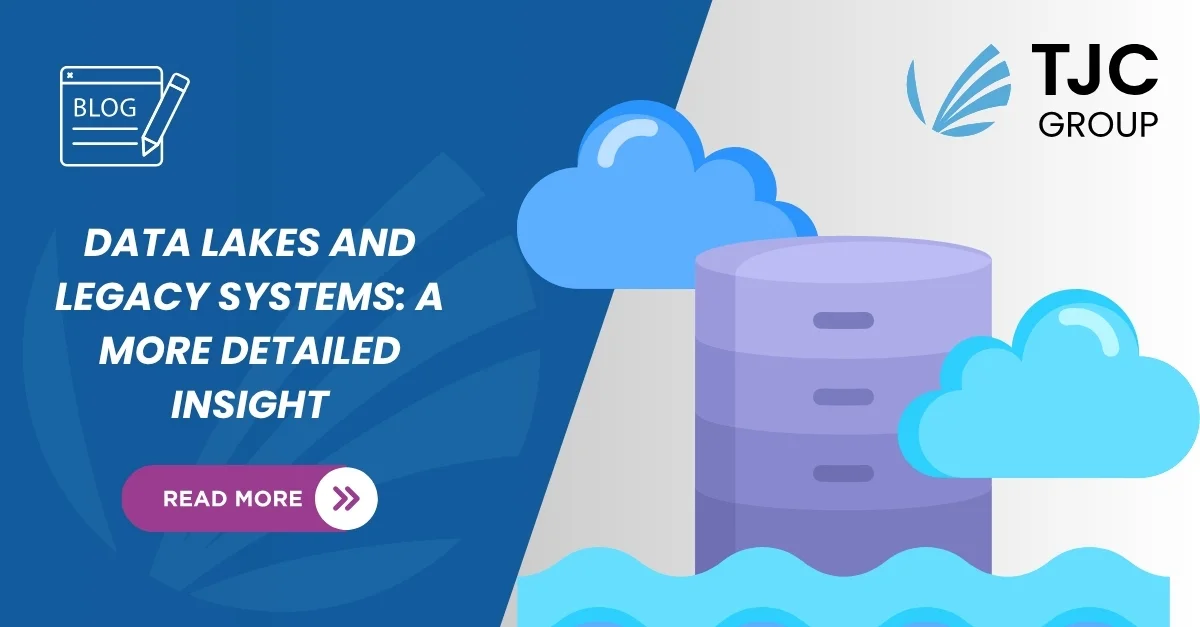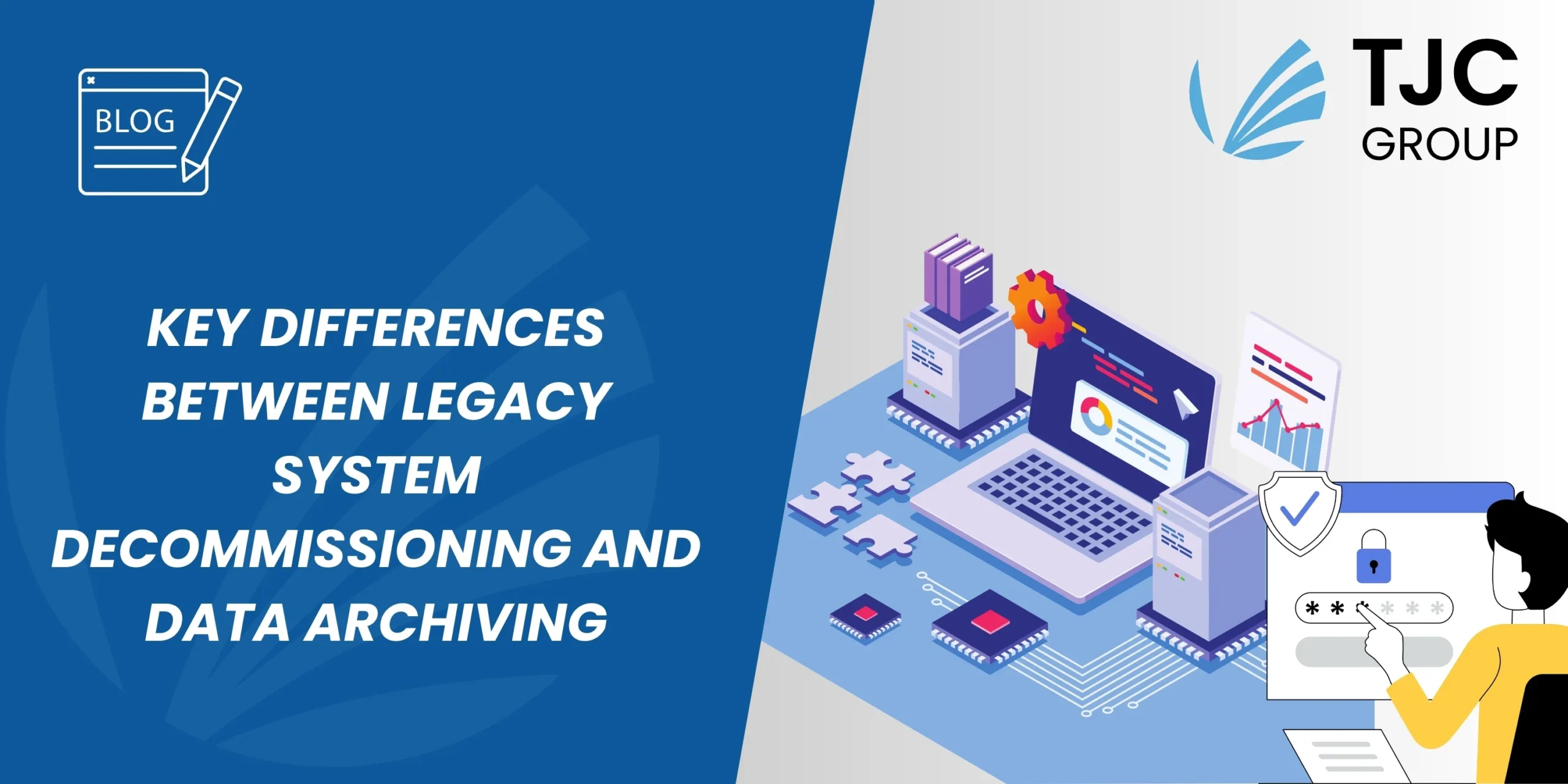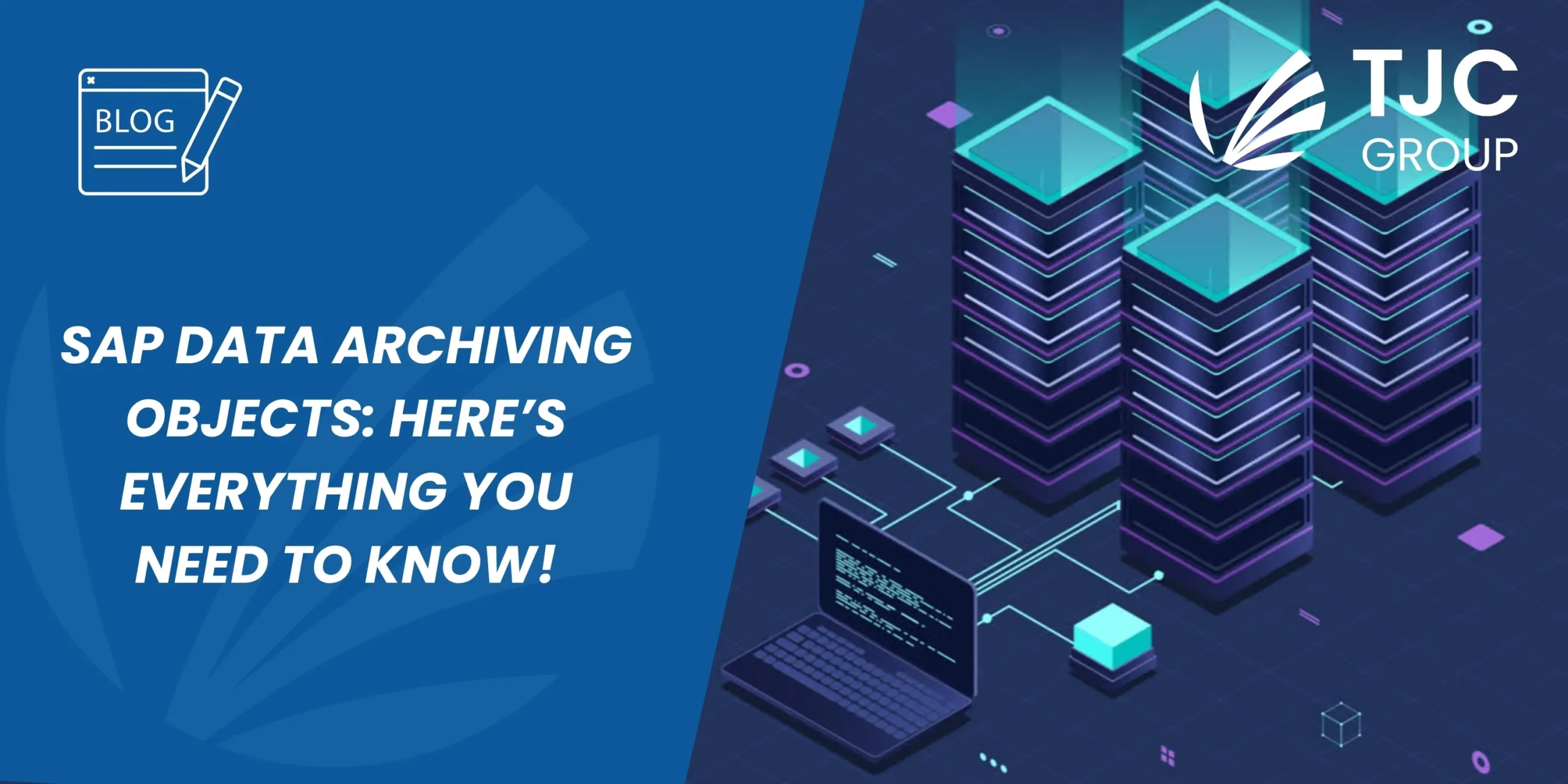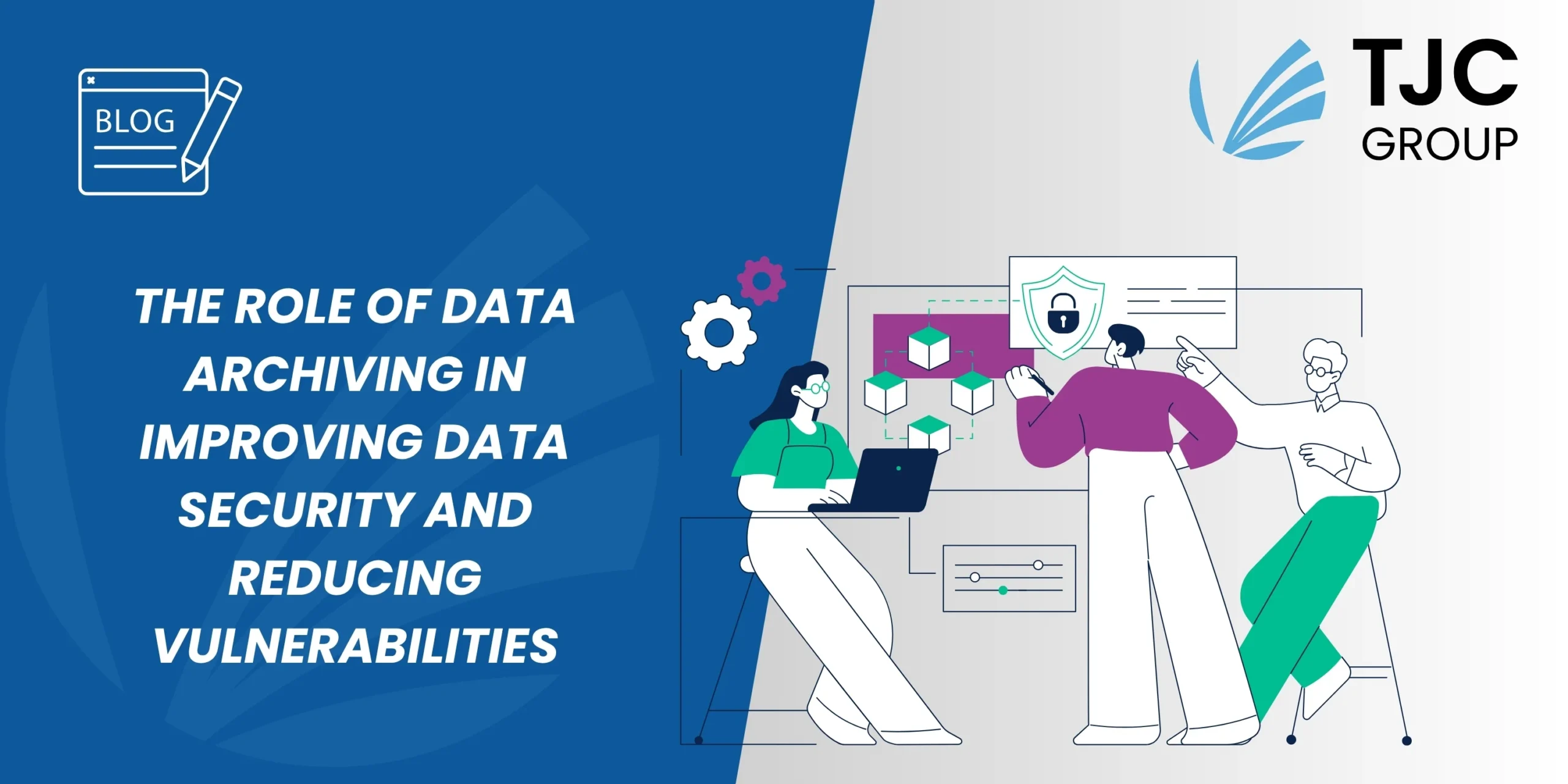Author: Thierry Julien, CEO of TJC Group
In April 2020, SAP released SAP HANA Cloud services. No doubt, this solution will deliver value with features like data virtualisation, data security, and a single entry point. However, in this blog, we will talk about SAP HANA Cloud’s built-in data lake and how it competes with historical SAP data volume management. Continue reading to explore valuable insights.
Table of contents
Introduction
Managing the growing data volume of SAP systems has always been a challenge for organisations looking to strike a perfect balance between performance, compliance, and cost management. Historical DVM strategies have always offered a structured approach to managing ever-increasing data growth. However, as data demands grow more complex, a new player has emerged – SAP HANA Cloud services, along with its built-in data lake feature, which offers low-cost storage options. Let’s find out in this blog how SAP data lake competes with SAP data volume management and clear up some facts about data lakes.
What is SAP HANA Cloud?
The SAP HANA Cloud is an efficient database that helps power SAP’s mission-critical solutions with multi-model engines and enterprise-grade performance and reliability. Moreover, SAP HANA Cloud improves user experience by enabling intelligent data applications. As a part of the SAP Business Technology Platform (BTP), SAP HANA Cloud provides data integration, data tiering, multi-modal capabilities to blend data, effective scalability, always-on availability, and built-in security. Furthermore, using the in-memory technology, you can seamlessly process critical data and apply technologies such as generative AI and machine learning.
Storage options offered by the SAP HANA Cloud architecture
SAP HANA Cloud offers low-cost storage options for effective data volume management, including SAP HANA native storage extension and a built-in data lake. You can keep your current, business-critical (hot) data in memory for real-time processing and move data that you use frequently but not every day (warm) to the SAP HANA native storage extension. For older, but still important (cold) data, you can use the data lake and still retain access to your data when and where you need it. This tiering helps reduce costs and gives you the freedom to choose where you want to store your data based on when you need it.
Clearing some facts about the SAP data lake
Now that you’ve explored different storage options provided by SAP HANA Cloud, let’s understand what exactly SAP is trying to say when it comes to data lakes:
- When SAP talks about a data lake in HANA Cloud, they mean Relational Data Lake. In fact, this means the SAP IQ database is deployed in the cloud.
- SAP IQ is a column-based database (formerly Sybase IQ), which is very fast and efficient, supporting SAP NLS (Near Line Storage) for SAP data warehouses solution, and being used as a ILM Store when implementing SAP ILM.
- For cloud developers, usually non-SAP native, a data Lake is something different to what you’ll find during your research on the net. For them, ‘a data lake is a system or repository of data stored in its natural/raw format, usually Binary Large OBject (blob) or files’.
So, does SAP data lake vie for the classical SAP data volume management – DVM, being either SAP Data Archiving or SAP ILM? As of now, Archiving is not available in HANA cloud.
Well, in our opinion, SAP data lake does not compete with classical SAP DVM. When you need to store an archiving file, a file folder, or cloud blobs will do the job, depending on whether you’re working on-premises or on-cloud. When you run an SAP data warehouse, SAP data like SAP IQ is the solution of choice for SAP Near Line Storage (Archived) data.
Data lake and SAP ILM
There is one solution where they compete: It is for the ILM store (data privacy-related projects).
SAP relational data lake is the cold extension of the HANA database, and it’s cheaper compared to HANA. Cloud native data lake is mostly a blob or file approach, which is obviously in a much cheaper price range. Both approaches make perfect sense.
Click on the banner below to unfold more insights about data lakes and legacy systems:
Your architecture, your choices
At TJC Group, in the past, we made folder storage as efficient as content server storage for years. Now we claim you will use relational data lake as well as cloud data. It’s up to you and your team to figure out what is best for your architecture. We will just make it work the way you want.
You can contact our team of experts for all data management-related requirements.


